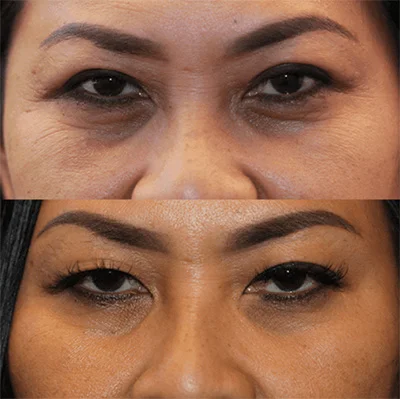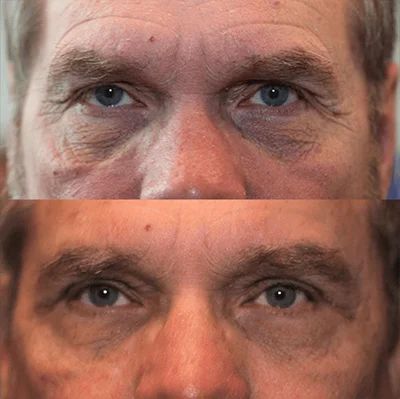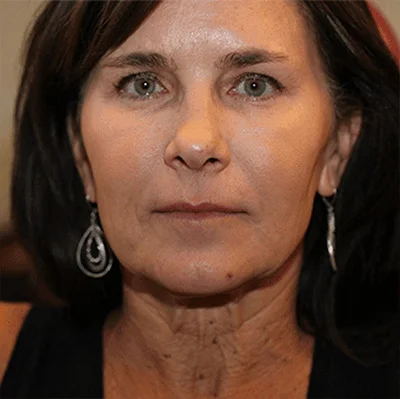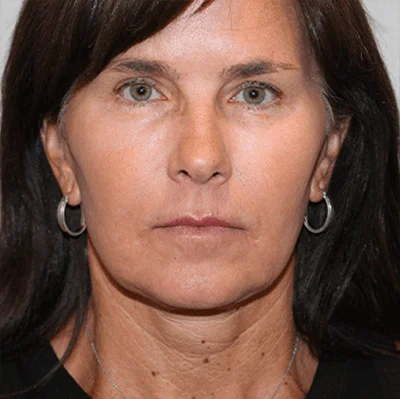
If you’re unhappy with the proportions of your face — specifically dull or undefined cheekbones or hollows in the cheek tissue — cheek augmentation may be just what you need. With three distinct ways of perking up your cheeks to lift your facial features, you have plenty of options for how to proceed.
Board-certified facial and oculoplastic surgeon Dr. Dustin Heringer of Arizona Ocular & Facial Plastic Surgery specializes in cheek augmentation and offers the procedure at our Scottsdale, Arizona, location. If you’re unhappy with the visible signs of aging, if you feel your cheekbones aren’t well-defined, or if you want to flesh out your features, we’ve got you covered.
Here’s what you can expect.
Options for cheek augmentation
If you want to make changes to your cheeks, whether to remove hollows or define the bones, you have three options. Which one is right for you depends on a few things: your budget, your hoped-for results, and how much time you can spend in recovery.
1. Dermal Fillers
Dermal fillers are the simplest option but also the least dramatic. Fillers are nonsurgical, minimally invasive procedures that make your cheeks look fuller and more defined.
Dr. Heringer or a member of our staff injects the fillers around and above your cheekbones, giving your cheeks a fuller, more chiseled look and a slight lift that can fill out bags or hollows under your eyes. We frequently use Juvederm® XC and Restylane®, two great hyaluronic acid fillers — smooth gels that can increase volume and decrease wrinkles.
Cheek fillers usually take half an hour or less to inject, and depending on which type of filler you use, results can last a year or more. As with other cosmetic procedures, cheek filler injections have some risks, including minor bleeding and bruising at the injection sites.
2. Fat Grafting
Fat grafting can be a great solution to sagging cheeks if you’re looking for a more noticeable change, and you want permanent results.
As you age, the once tightly suspended structures, such as the fat pads under your eyes and cheeks, start to descend and shrink due largely to the pull of gravity and the thinning of your skin, creating eye bags and hollowed cheeks.
Dr. Heringer can address this with a two-part process. He uses liposuction to collect fat cells from another area of your body, like your abdomen or buttocks, where you have too many, and, after purifying them, transfers them to your cheek, where you don’t have enough. He achieves a gently rounded and natural-looking effect by injecting the fat at different depths.
The facial changes that occur with aging start in your mid- to late-20s. Fat grafting may be a good choice if you’re young but don’t like the 3D contour of your cheeks or other facial structures like the forehead and chin.
Unlike fillers with no downtime, fat grafting comes with a recovery period. Here’s what you can expect:
- Mild to moderate facial swelling
- Moderate pain and swelling at liposuctioned area: pain is well-controlled with over-the-counter and prescription medications
- Compression bandages: should be worn consistently (24/7, with the exception of breaks for showers) for a minimum of two weeks
- Bruising at the liposuctioned site usually resolves within 2-3 weeks
- Doesn’t require a clinic visit for suture removal
Depending on your comfort level, you can return to work at a desk job after 3-7 days. You can gradually resume physical activity two weeks after surgery.
3. Cheek implants
Silicone implants are the go-to for cheek augmentation because they offer permanent results, enhancing the definition and fullness of your cheeks. Fat grafting is also permanent, but the effects are typically less pronounced, and your body can absorb some portion of the fat cells. Implants require a more involved surgical process, but most patients feel the results are worthwhile.
Cheek implants come in two types. The first is “submalar,” or placed at the beginning of your cheekbones, beneath your eyes. These improve a sunken appearance.
The second is “malar” — inserted below the submalar. It creates more of an angular, well-defined bone structure. This cheek implant is common among the younger set.
You can also choose a third option: a combination of both types. It gives your face both definition and volume.
The implants are solid but feel like natural tissue. Dr. Heringer meticulously chooses the shape that matches your facial features and desired aesthetic results. After precisely positioning the implants, he closes the incisions with standard or dissolvable stitches.
If you’re unhappy with hollowed cheeks and sagging fat stores, a cheek augmentation might be just what the doctor ordered. To learn more or to schedule a consultation with Dr. Heringer, contact Arizona Ocular & Facial Plastic Surgery by calling our nearest office.



